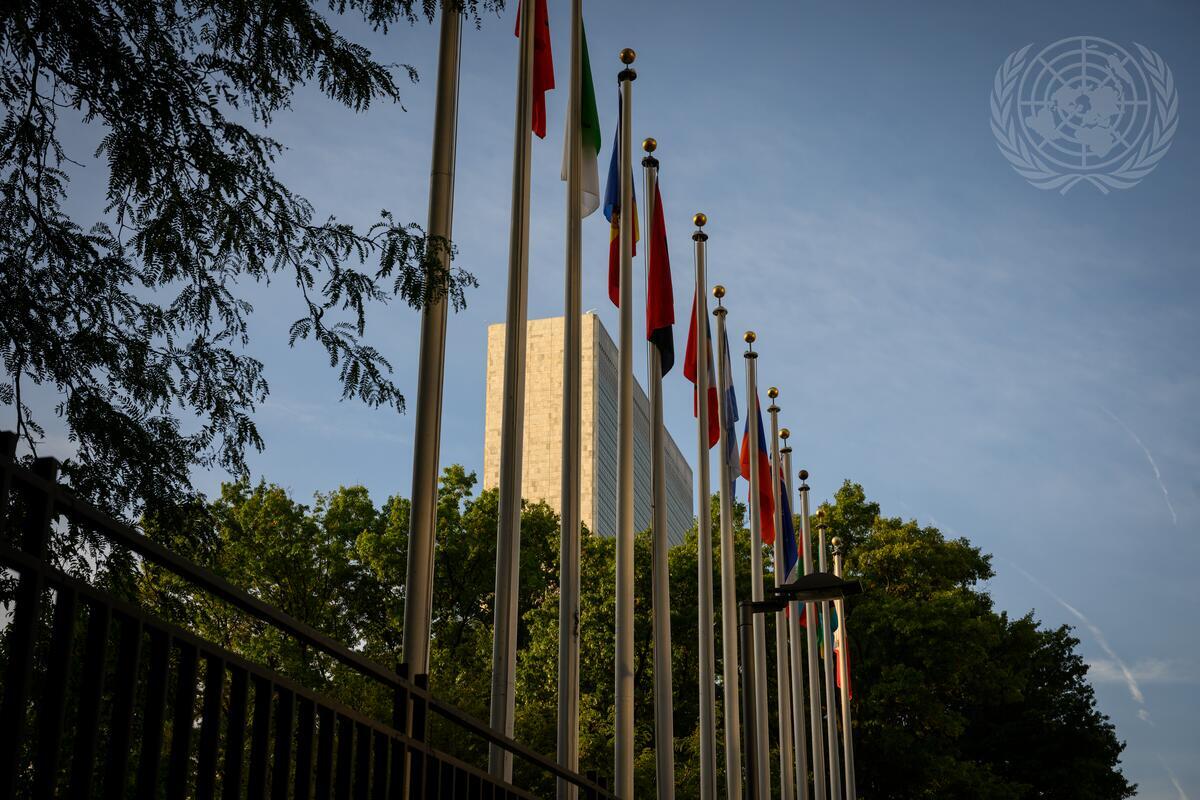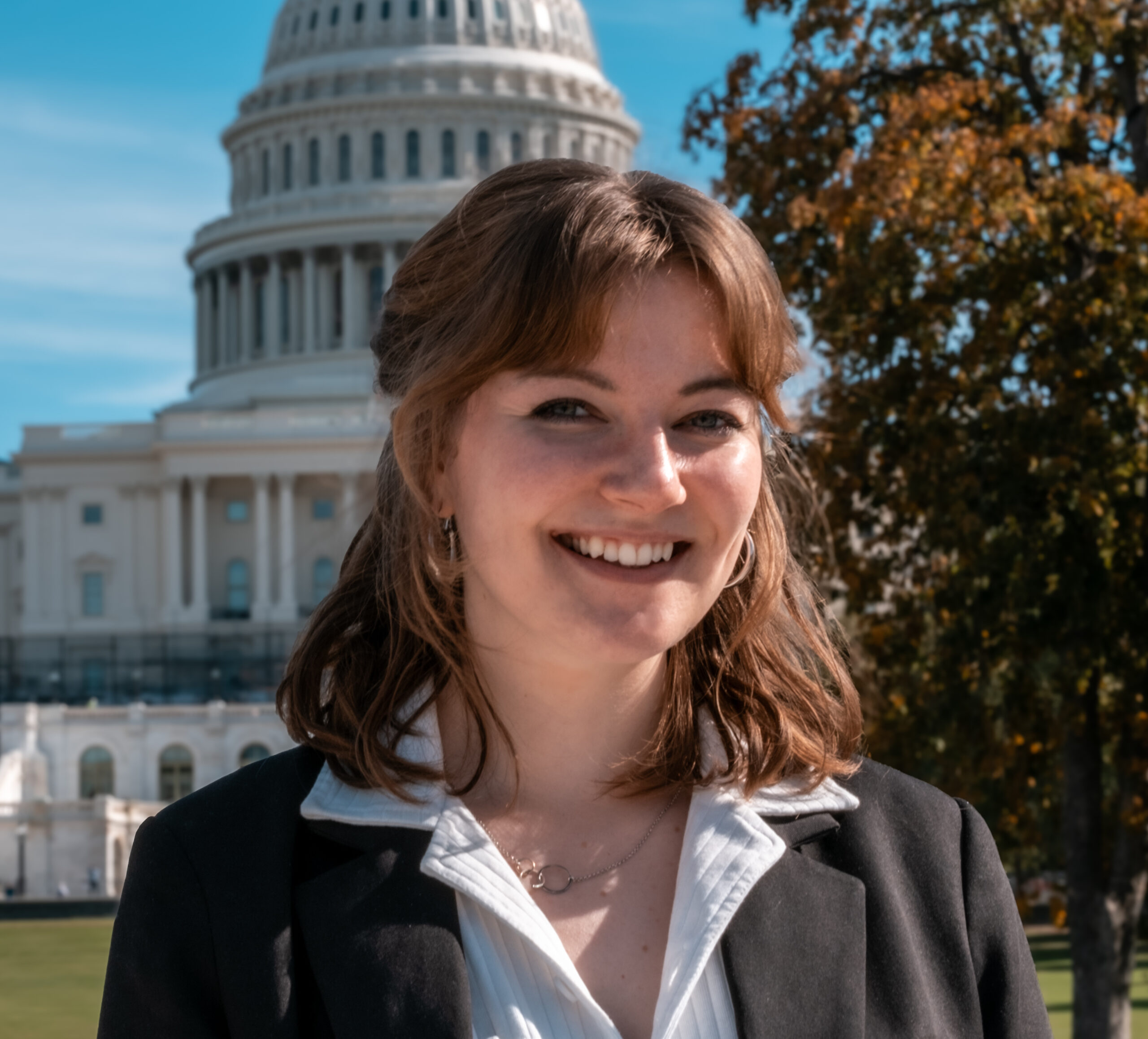3 Takeaways from UNGA80
From the spotlight on noncommunicable diseases to the push for sustaining our progress against polio, global health was of utmost importance at UNGA80. Keep on reading for our three takeaways from (and around) this year’s Assembly.

This year’s UN General Assembly looked and felt a little different than year’s past; annual conversations about global health were underpinned by continued uncertainty around U.S. support. But even in the face of this and other ongoing challenges, progress was made throughout the week in addressing some of the world’s most pressing issues.

1: We Have Entered a New Era for U.S. Global Health Assistance
At a high-level, invitation-only event on the sidelines of the General Assembly, the State Department unveiled its new America First Global Health Strategy.
The Strategy represents a fundamental shift in the way the U.S. provides global health assistance. Rather than work through disease-specific programs focused on key priorities like polio, measles, tuberculosis or malaria, the U.S. will now integrate aid through bilateral agreements negotiated individually with each recipient country. The Strategy strongly emphasizes cost-sharing and an ultimate transition away from reliance on aid. Each agreement must have a mandatory end date, by which time the recipient country must take full responsibility for funding its health programs.
However, the timelines for the new agreements—which are meant to be negotiated by the new year and implemented by April—are highly ambitious and will be difficult to meet.
There are also important areas of continuity. There is a commitment to continue to fund 100% of frontline lifesaving health services and treatments, including vaccines. The U.S. will also continue to prioritize preventable childhood diseases like polio and malaria. The Strategy explicitly backs malaria vaccines as a key tool to help reach its goal of bringing down the malaria mortality rate by 90% compared to 2015 levels. It also commits to support polio vaccination campaigns to eradicate wild poliovirus by the end of 2027 and the type 2 variant by the end of 2029.
A lot of uncertainty remains about the details of implementation. But one thing is clear: ambitious goals like eradicating wild polio within the next two years or dramatically slashing the death rate from malaria will require collaboration with America’s longstanding UN and multilateral partners to get the job done.
2: Noncommunicable Diseases are in the Spotlight
Noncommunicable diseases (NCDs) were the focal point of this year’s meetings. And while it may not seem like it at first glance, immunization has a role to play.
NCDs like cancer, diabetes, or heart disease, are responsible for nearly 3/4 of all deaths worldwide. The fourth High-Level Meeting on Noncommunicable Diseases and Mental Health addressed this growing burden with a goal-based political declaration. And the numbers are ambitious: By 2030, 150 million fewer people will be using tobacco, 150 million more people with hypertension will have it under control, and 150 million more people will have access to mental healthcare.

To achieve this, the declaration calls upon a range of actionable changes from member states. For example, bringing down demand for tobacco, alcohol, and sugary drinks through advertising restrictions and increased taxation, or improving financing for NCDs through insurance coverage. One action item of particular relevance is expanding access to screening and diagnostics for diabetes, vaccines against HPV and hepatitis B, and other preventative tools.
And there lies the connection; vaccines can help to prevent certain types of cancers. Infections like hepatitis B and human papillomavirus (HPV) are leading causes of liver and cervical cancer. But these infections—and their dire complications—can be prevented with tools that we already have. HPV vaccines prevent over 90% of cervical cancer cases, and hepatitis B vaccines protect over 95% of infants, children, and young adults from life-threatening risks.
We see it time and time again: health issues do not exist in silos.
While the U.S. walked away from the Declaration, broad support from the vast majority of member states means it is likely to be adopted.
3: Recommitting to Polio Eradication and Program Integration
At a high-level event on the sidelines of the General Assembly, leaders from across the global health space gathered to discuss the ongoing challenges to eradicating polio at the last mile. WHO Director-General Dr. Tedros Adhanom Gebreyesus, UNICEF Executive Director Catherine Russell, Gavi CEO Dr. Sania Nishtar, and Rotary’s Polio Plus Chair Mike McGovern were among those in attendance—as was Shot@Life’s 2025 Summit keynote speaker Ramesh Ferris.

While the conversation focused on the challenges presented by declining foreign aid budgets and rising misinformation and vaccine hesitancy, it also struck a more hopeful note. Dr. Abdullah Bin Abdulaziz Al-Rabeeah, Supervisor-General of KSRelief, discussed Saudi Arabia’s historic pledge of $500 million to the Global Polio Eradication Initiative (GPEI)—a sign that new donor countries may be stepping in to fill growing resource gaps.
Another key theme was the opportunity to find new efficiencies through integration of health services. Dr. Nishtar emphasized that reaching children with polio vaccines often means reaching zero-dose or under-vaccinated children who need multiple immunizations to protect their health. Gavi, UNICEF, WHO, and the other GPEI partners have made great strides in recent years in breaking down programmatic siloes and ensuring necessary vaccines and other basic health services can be delivered together.
Despite the constant improvements to the polio program and greater collaboration across the immunization space, there’s no sugarcoating the threat that funding cuts pose. As the iron lung displayed at the reception reminded attendees, the world has come so, so far towards beating this disease. We’ve made to much progress to step back now.

Looking Forward: Mobilize to Immunize
With the 80th UN General Assembly come and gone, it’s time to put the Assembly’s global health goals in action.
Funding global immunization programs around the world is critical to combatting certain NCDs, eradicating polio, and ensuring that no vaccine-preventable diseases reach American shores.
In the coming weeks, keep an eye out for ways to get involved. Whether signing a petition or calling your representatives directly, every action is a step towards a healthier world for all.

